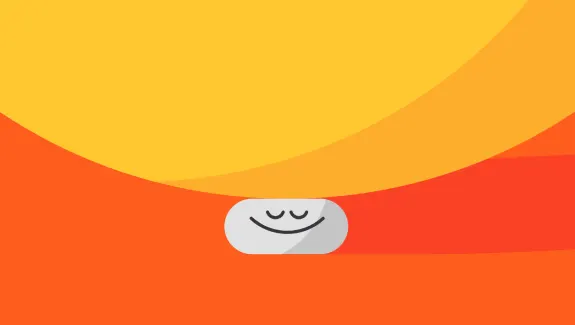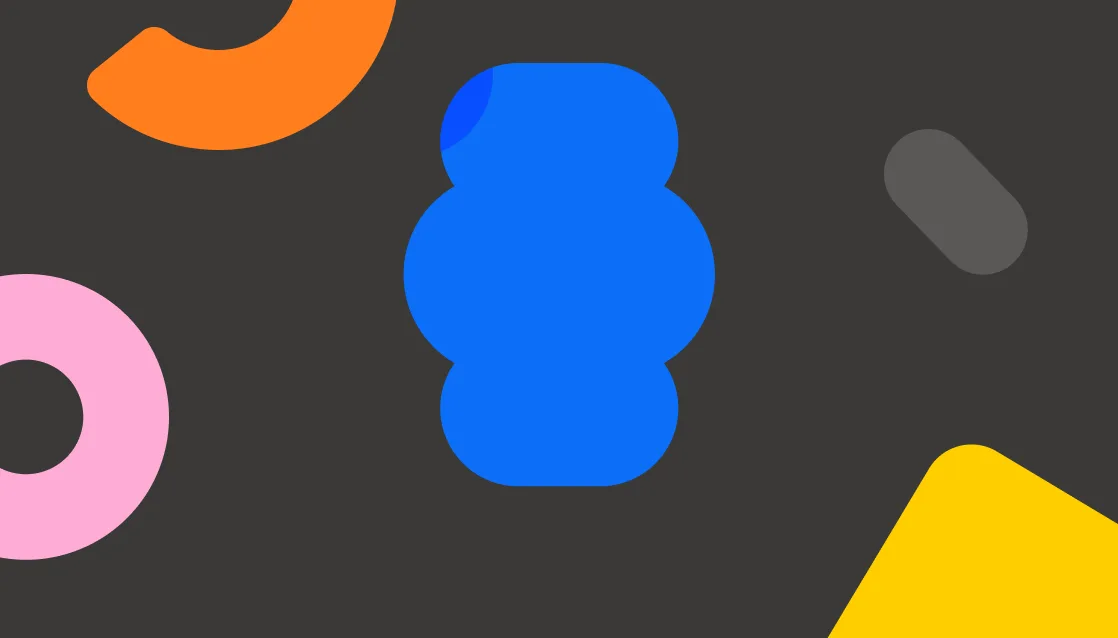How to start exercising again and get back on track
We all know the benefits of exercise for a healthier body. And, as science shows, it can also lead to a healthier mind. But knowing this and acting on it can be two different things. Getting motivated in the first place and then sticking with it can be hard. In fact, when it comes to setting fitness goals, almost 30% of us abandon our New Year’s resolutions by the second week in January, and only 8% of us see them through to the end of the year. Why is it so hard to start exercising again?
Starting a workout routine requires motivation, intention, and discipline if we’re going to turn it into a habit. The problem is human nature’s tendency to make excuses, procrastinate, or get bored. Such resistance often originates in the mind, so the mind actually becomes our main obstacle. Which is why meditation and mindfulness can help to keep us honest… to ourselves.
When we meditate, we see the thoughts, storylines, or patterns that can demotivate or distract us and we learn to let them go. We can also practice mindfulness — staying present with the workout we’ve set ourselves, fully focused on the exercises, without any inner-commentary getting in the way. So as we train our mind, we’re actually syncing body and mind to get into the groove of a consistent exercise routine that works for us.


Mini-Meditation: Find Your Focus
1 min
Key takeaways:
-
Small steps toward a larger goal can make exercise feel less daunting
-
Forming a habit can help us stick with regular exercise
-
Try 11 meditations for getting back into working out
How to start working out again
When we’re out of practice with exercise, it can be hard to know where to start again. The thought of running on a trail, rolling out a yoga mat, or getting back on the bike can feel daunting when we don’t feel great about ourselves or our schedule. But as we know from building a meditation practice, getting into a routine doesn’t happen overnight, and some of the tips we use to form a habit with meditation can be applied to creating an exercise routine. For example, we can pick a specific time and place that works for us and decide on a realistic amount of time that we’ll exercise for. We can also start with a guide, like Move Mode in the Headspace app, to find a workout that’s right for where our body is, right now.
What we find — with meditation and exercise — is that small steps turn into a rewarding journey if we can take things session by session, detached from expectation. We simply keep showing up and repeating the exercises. Over time, the benefits, in both the body and mind, become obvious. But it does require us to zoom out and have patience. Headspace co-founder and former Buddhist monk Andy Puddicombe recognized the importance of a slowly-but-surely approach: “Most people are totally focused on the destination without recognizing or acknowledging how important the micro-elements of that journey are,” he said. “[If] you talk to elite athletes, it's actually about the little things that they do every single training session. You see someone winning gold at the Olympics — in a way, that's just an outcome. It's a great achievement, but it's all the little things that have created that effect.”
Meditation and exercise
Exercise isn’t a replacement for meditation, but the two practices can complement each other. In one small study of 47 participants, researchers found that those who practiced meditation experienced an increase in resilience that was sustained 3 months later. That resiliency can come in handy when a workout starts to feel difficult.
What’s more, we can apply some of the same skills we learn in meditation to our exercise routine, namely a sense of intention and the awareness of our breath. Just like in a basic meditation where we silently count each breath, we can silently count each movement in an exercise: strokes on a rowing machine, steps outside, the seconds that we hold a stretch. When we exercise with intention and awareness, it can help bring a sense of mental clarity that we can take with us throughout our day.
3 tips for creating a mindful workout routine
If we’re wondering “How do I start working out after a long break?,” these tips can help.
- Start slow and small.
If we’ve been taking it easy, it’s important to ease into exercise, too. Rushing into workouts can lead to soreness, fatigue, and worst of all, injury. It can also lead to feelings of discouragement. Instead of hitting the gym hard out of the gate only to be disappointed, we can take things slowly.
To start, we can try just 5 or 10 minutes of exercise a day, maybe twice a week, and then gradually build up from there. We can begin with a gentle preparation too, such as stretching or walking. Then we might move on to a more intense class or form of movement. Move Mode in the Headspace app has several videos to start small with support.
- Set an attainable goal.
A vague goal like “look good for the beach” is an easy way to set ourselves up for failure. Instead, a realistic goal like “be able to do 10 push-ups” makes it easier to break that goal into an actionable plan. A tool called mental contrasting, where we think about our future success while acknowledging our current reality, can help us achieve a certain target. When we make a habit of asking ourselves what we can do today to get a little closer to where we want to be, we’re able to identify the steps we can take to get there.
Maybe we set a goal to run a 5k next spring, even though we haven’t run in years. With mental contrasting, we can set achievable steps to get there: walking first, running for a few blocks at a time, and eventually, in a few months, finishing the whole course. When we make these comparisons a part of our routine, we can turn exercise into a longer-lasting habit.
- Don’t give up.
Missing a goal doesn’t feel great, and that’s normal. But it’s important to be patient with ourselves if we aren’t able to run that 5k after all, or if we simply find that we can’t enjoy a certain type of exercise. Instead of beating ourselves up about it, we can set a new goal to walk a 5k first. Or maybe we try a different type of exercise altogether. What’s important is sticking with it and developing self-discipline to recognize that while we might get discouraged, we can find a way to accept that those negative thoughts will come, and still find a way to push forward.
Try 11 meditations for getting back into working out
Looking for more meditations for how to start exercising again? The Headspace app offers members several courses and single meditations on motivation and exercising, including:
-
Exercise with Purpose video. When it comes to working out, your mind is the MVP.
-
The Science Behind Motivation expert guidance. Dr. Sahar Yousef, a cognitive neuroscientist and productivity expert, explains how to find the right mindset for achieving your goals.
-
Sports | Motivation course. Discover a healthy sense of perspective as you set clear intentions to pursue your goals.
-
Motivation Boost meditation. Practice staying in the present moment to make choices that move you toward your goals.
-
Energizing meditation. Learn how to give yourself a motivational push whenever you feel drained or uninspired.
-
Sports | Concentration course. Learn to let go of the past as well as any expectation of the future.
-
Move Questions, Answered expert guidance. Whether you’re starting a new routine or maintaining an existing one, finding the motivation to exercise can be tough. Kim Glass, Olympic medalist and Headspace Move Mode coach, shares her tips on how to create a routine you can stick to.
-
Afternoon Refresh meditation. Ease tension in the mind and body with this short movement exercise.
-
Finding Balance meditation. Consider how you can build a consistent movement routine that still has room for flexibility.
-
Over the Hump meditation. When thoughts of the past and future start to distract you, pause and remind yourself where you’re headed.
-
Sports | Analysis course. Review your performance with a healthy perspective and objective mindset.
So what is the best way to start exercising again? To put it simply: it’s to start — wherever we may be. Without judgment, without regret at not having started sooner, and without unrealistic expectations. When we accept where we are and imagine where we want to be, we can take our new exercise routine one day at a time, and be grateful to ourselves for investing in our well-being, both in body and in mind.


Be kind to your mind
- Access the full library of 500+ meditations on everything from stress, to resilience, to compassion
- Put your mind to bed with sleep sounds, music, and wind-down exercises
- Make mindfulness a part of your daily routine with tension-releasing workouts, relaxing yoga, Focus music playlists, and more

Stay in the loop
Be the first to get updates on our latest content, special offers, and new features.
By signing up, you’re agreeing to receive marketing emails from Headspace. You can unsubscribe at any time. For more details, check out our Privacy Policy.
- © 2025 Headspace Inc.
- Terms & conditions
- Privacy policy
- Consumer Health Data
- Your privacy choices
- CA Privacy Notice



